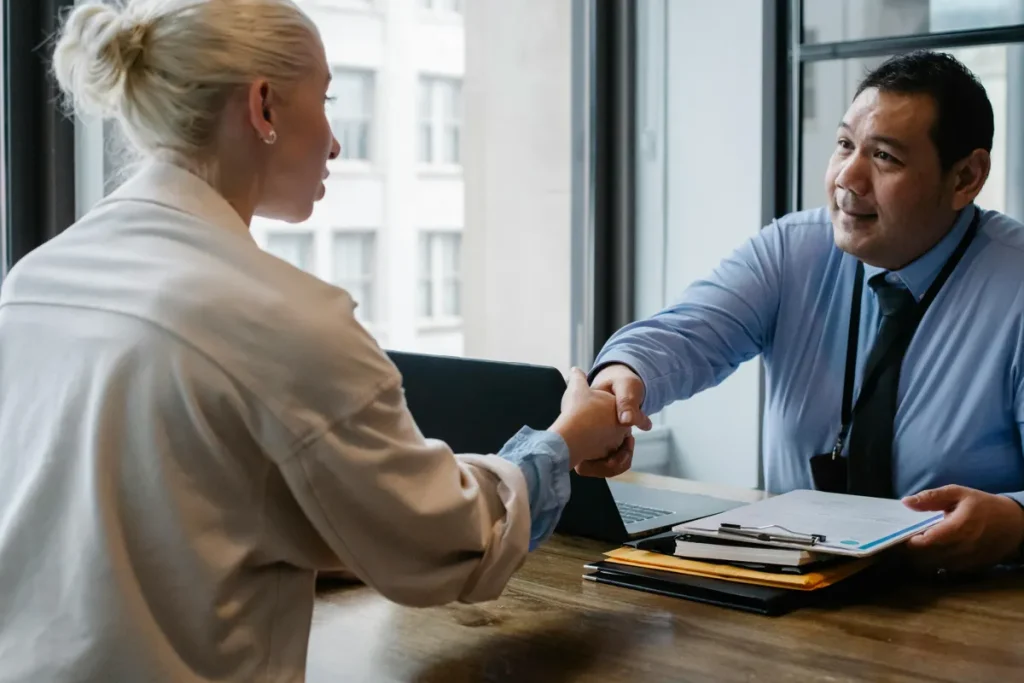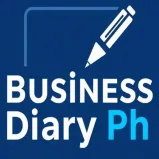
First impressions are essential, especially for job interviews. The right attire can boost one’s level of confidence and create a professional environment even before a word is spoken. Employers tend to make decisions within seconds, so dressing professionally is a key ingredient in the success of an interview. Dressing based on industry, role, and company culture shows preparation as well as considerateness. Being professional with comfort, however, instills confidence throughout the process. Understanding what to wear and how to dress can make a lasting impression, adding to the chances of making a great impression.
1. Understanding the Dress Code
Different industries have different dress expectations for interviews. Corporate jobs typically call for formal business dress, i.e., a well-tailored suit in muted colors. Creative or tech careers may allow business casual, where clean but casual dress is best. Investigating the company culture and dress code prior to the interview assists in making an educated decision. In case of uncertainty, it is better to err on the side of being slightly over-dressed than under-dressed. Having clothes that are clean, pressed, and well-fitted contributes to a neat and professional look.
2. Selecting the Proper Suit or Blazer
A suit or blazer is usually the cornerstone of a professional interview attire. For business professions, a well-fitting charcoal gray, navy, or black suit is a conservative choice. For business casual settings, a blazer with a clean dress shirt and fitted dress pants creates a crisp yet casual look. Fit is the most critical element—too loose or too tight is distracting and uncomfortable. High-quality materials such as wool blends offer durability and breathability for a professional look during the interview. Subtle touches like defined shoulders and clean lines make for an overall classy presentation.
3. The Power of a Well-Chosen Shirt
Shirts play a significant role in completing an interview outfit. A crisp, button-down dress shirt in a neutral shade like white, light blue, or pale gray is appropriate for most settings. Patterns should be subtle, with solid colors being the best bet. A quality material like cotton is breathable and comfortable. Proper ironing or steaming is needed to avoid wrinkles that can leave an outfit untidy. For a business casual setting, a well-fitting high-quality polo shirt can also be an option if paired with a fitted jacket.
4. Selecting the Appropriate Trousers or Skirt
Trousers or skirts should be well-fitting, custom-made, and appropriate for the profession. Dark dress pants in classic fit are the standard for business-formal interviews. Chinos or formal slacks work for less formal professional settings. Knee-length skirts or those with a bit of length to them are elegant. Avoiding overly tight and uncomfortably loose clothing makes the look crisp and pressed. More critical than these recommendations, however, is fabric choice—soft fabrics like wool or very high-end blends keep the clothing looking crisp without sacrificing comfort.
5. Polished but Comfortable Shoes
Shoes can make or break an outfit and therefore are a key point of consideration. Classic dress shoes such as Oxfords, loafers, or pumps in brown or black are conservative choices for formal events. In business casual settings, smart but professional footwear such as leather loafers or ankle boots can be effective. Shoes must be clean, polished, and in proper repair—tired or scuffed shoes will make a neatly dressed person less than ready. Comfort is also necessary, since interviews might involve walking or standing for a stretch of time.
6. Picking a Polo Shirt for Smart Casual Wear
In more laid-back industries where the dress code is less strict, a high-quality polo shirt can be a suitable option. High-quality made in the USA polo shirts offer a mix of professionalism and comfort. Polo shirts, which are created using durable and breathable fabrics, project a structured but relaxed look when paired with slim-fitting trousers or chinos. Using neutral colors such as navy, white, or gray offers versatility without compromising on sophistication. Pair the polo with a business blazer to elevate the outfit to a higher level, where it can be utilized for design or technology interview purposes.
7. Accessories and Grooming for Professional Appearance
Few accessories can provide elegance to an interview outfit without detracting from professionalism. A simple wristwatch, an old tie, or a thin belt adds formality. The briefcases and bags need to be neat and organized to complement the overall look. Grooming is also important—clean and well-styled hair, and manicured fingernails are included in appearing put together. Subtle, light fragrances and minimal jewelry lead to a dignified and distraction-free appearance. The goal is to appear polished without over-accessorizing or looking too casual.
Conclusion
Interview dressing is all about finding the perfect middle ground between professional, comfortable, and personal dressing. Understanding the dress code of the company, choosing appropriate-fitting apparel, and paying attention to small details like footwear and accessories can create a positive impression. Dressing professionally does not just make a great impression on possible employers but also creates a confidence boost. In choosing a professional-looking suit or even a great-quality polo shirt for a casual line of business, careful picking has a very powerful effect. Being dressed professionally is the first part of leaving a strong and long-lasting impression.

